Getting ear piercing is a popular form of self-expression and fashion statement embraced by people of all ages. Whether you’re considering your first piercing or adding to your collection, understanding the essentials beforehand can ensure a smooth and satisfying experience. When exploring options such as Ear piercing in Abu Dhabi, it’s important to be well-informed about the process, aftercare, and what to expect. This guide aims to provide comprehensive insights to help you make an educated decision and enjoy your new adornment with confidence.
Why Is Proper Preparation Important Before Ear Piercing?
Preparation plays a crucial role in ensuring the overall success and safety of your ear piercing experience. Educating yourself about the process helps set realistic expectations and minimizes potential discomfort or complications. Proper preparation also involves understanding the best practices for choosing a reputable piercing provider, selecting suitable jewelry, and planning for aftercare. Being informed ensures that you approach the procedure with confidence and are equipped to maintain your piercing healthily.
Choosing the Right Piercing Studio
Selecting a professional and reputable piercing studio is fundamental. Look for establishments that prioritize hygiene, use sterilized equipment, and employ trained professionals. A trustworthy studio adheres to strict safety standards, which significantly reduces the risk of infection and other complications. It’s advisable to research and visit multiple studios to observe their standards and ensure they meet your expectations for cleanliness and professionalism.
Understanding the Types of Ear Piercings
Ear piercing offers a variety of options, from simple lobe piercings to more intricate cartilage piercings like helix, tragus, or rook. Each type varies in complexity, healing time, and pain level. Educating yourself about the different piercing styles helps you choose one that aligns with your personal style, lifestyle, and pain tolerance. If you’re new to piercing, starting with a classic lobe piercing is often recommended due to its relatively straightforward healing process.
Essential Factors to Consider Before Ear Piercing
Apart from choosing the right studio and piercing type, several other factors are essential to consider. These include your lifestyle, skin sensitivity, and personal preferences. Being aware of these aspects ensures that your piercing experience is both satisfying and safe.
Skin Sensitivity and Allergies
Knowing whether you have skin sensitivities or allergies to certain metals is vital. Many piercers recommend hypoallergenic jewelry, such as surgical steel, titanium, or gold, to prevent allergic reactions. If you have sensitive skin, discussing your allergies with the professional can help in selecting appropriate materials that minimize discomfort and adverse reactions.
Healing Time and Aftercare Commitment
Every piercing has a specific healing period, generally ranging from a few weeks to several months. Proper aftercare is essential to promote healing and prevent infections. Before getting pierced, consider whether you can commit to the cleaning routines, avoid touching the piercing unnecessarily, and refrain from exposing it to harsh chemicals or environments. Preparing yourself mentally and logistically for aftercare ensures a smooth healing process.
Personal Lifestyle and Jewelry Choices
Think about your daily routines, profession, and style preferences. For example, if you work in an environment where certain jewelry might be unsafe or impractical, choose accordingly. Additionally, selecting jewelry that complements your lifestyle, such as studs for active individuals or hoops for casual wear, enhances your satisfaction with the piercing.
The Process of Ear Piercing: What to Expect
Understanding what happens during the piercing procedure helps alleviate anxiety and prepares you mentally. Although the specifics may vary depending on the studio and type of piercing, certain general steps are common across most reputable providers.
Consultation and Jewelry Selection
Before the piercing, you’ll typically consult with the professional to discuss your preferred piercing style and jewelry. They will advise on suitable options based on your anatomy and preferences. Selecting high-quality, hypoallergenic jewelry is crucial for comfort and healing.
The Actual Piercing Procedure
The procedure itself is usually quick, often completed within a few minutes. The professional will mark the exact spot, cleanse the area, and use sterilized tools to perform the piercing. Most piercers utilize a piercing gun for lobes or a sterilized needle for cartilage piercings. The process involves minimal discomfort, often described as a quick pinch, and the professional will ensure the area is secure and clean throughout.
Immediate Aftercare Instructions
Post-procedure, the professional will provide specific care instructions, including cleaning routines, activity restrictions, and signs of potential complications. Following these guidelines diligently is vital for proper healing and to enjoy your new piercing safely.
Aftercare and Maintenance for a Healthy Piercing
Proper aftercare is crucial for preventing infections, ensuring proper healing, and maintaining the aesthetic appeal of your piercing. Developing a routine based on professional advice helps in minimizing discomfort and promoting healthy tissue regeneration.
Daily Cleaning Routine
Most professionals recommend cleaning your piercing twice daily with a saline solution or a gentle antiseptic. Avoid using harsh chemicals or alcohol, which can irritate the skin. Use clean hands or sterile cotton swabs to gently cleanse around the jewelry and the surrounding skin.
Avoiding Irritants and Trauma
Keep your piercing away from harsh chemicals, perfumes, or hair products that might irritate the area. Be cautious during activities that could cause trauma to the piercing, such as sleeping on the side of the piercing or wearing tight headgear. Protecting your piercing during the healing phase helps prevent setbacks.
Monitoring for Signs of Infection or Complications
While most piercings heal without issues, it’s important to monitor for signs like excessive redness, swelling, pain, or discharge. If any abnormal symptoms occur, seek professional guidance promptly. Early intervention can prevent more serious problems and ensure your piercing heals correctly.
Common Myths and Facts About Ear Piercing
Understanding the myths and facts surrounding ear piercing helps set realistic expectations and dispels misconceptions.
Myth: Ear Piercing Is Extremely Painful
While some discomfort is normal, most people find the pain tolerable and brief. The sensation varies depending on individual pain thresholds and the piercing location. Proper technique and skilled professionals can minimize discomfort.
Fact: Healing Time Varies Based on Piercing Type
Healing times depend on the piercing location, individual health, and aftercare. Lobe piercings typically heal faster than cartilage piercings, which might take several months. Patience and diligent care are essential for optimal healing.
Myth: All Jewelry Is Safe for Piercing
Not all jewelry materials are suitable for initial piercings. Using hypoallergenic, high-quality materials is vital to prevent allergic reactions and promote healing. Always follow professional advice regarding jewelry selection.
Fact: Ear Piercing Can Be Customized
With various styles, placements, and jewelry options, ear piercing offers a high degree of customization. This allows individuals to express their unique style and personality through their choice of piercing.
Tips for a Successful Ear Piercing Experience
To ensure a positive experience, consider these helpful tips:
- Research and choose a reputable studio with trained professionals and excellent hygiene standards.
- Plan your piercing date during a period when you can dedicate time to proper aftercare.
- Communicate your preferences and concerns clearly to the professional.
- Follow all aftercare instructions diligently to promote healthy healing.
- Avoid unnecessary touching or twisting of the jewelry during the healing process.
- Wear appropriate jewelry from the start, especially hypoallergenic options.
- Be patient and allow your piercing the necessary time to heal completely before changing jewelry or exposing it to harsh conditions.
Final Thoughts
Understanding what to know before getting ear piercing ensures that you approach the procedure well-informed and prepared. From choosing the right studio to committing to proper aftercare, each step plays a vital role in achieving a beautiful and healthy piercing. Whether you’re exploring ear piercing Abu Dhabi or elsewhere, prioritizing safety, hygiene, and personal comfort will lead to a satisfying and enjoyable experience. Embrace your new look with confidence, knowing you’ve taken the necessary steps for a successful piercing journey.

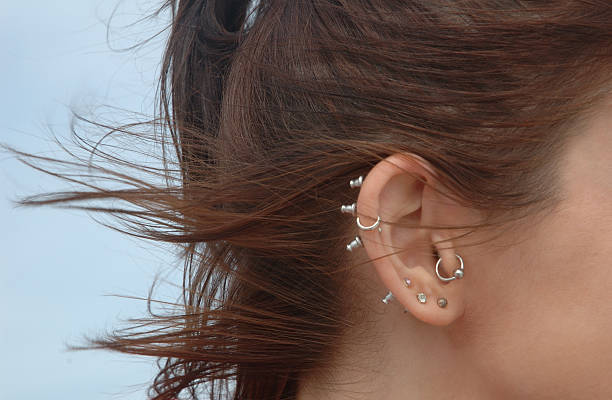
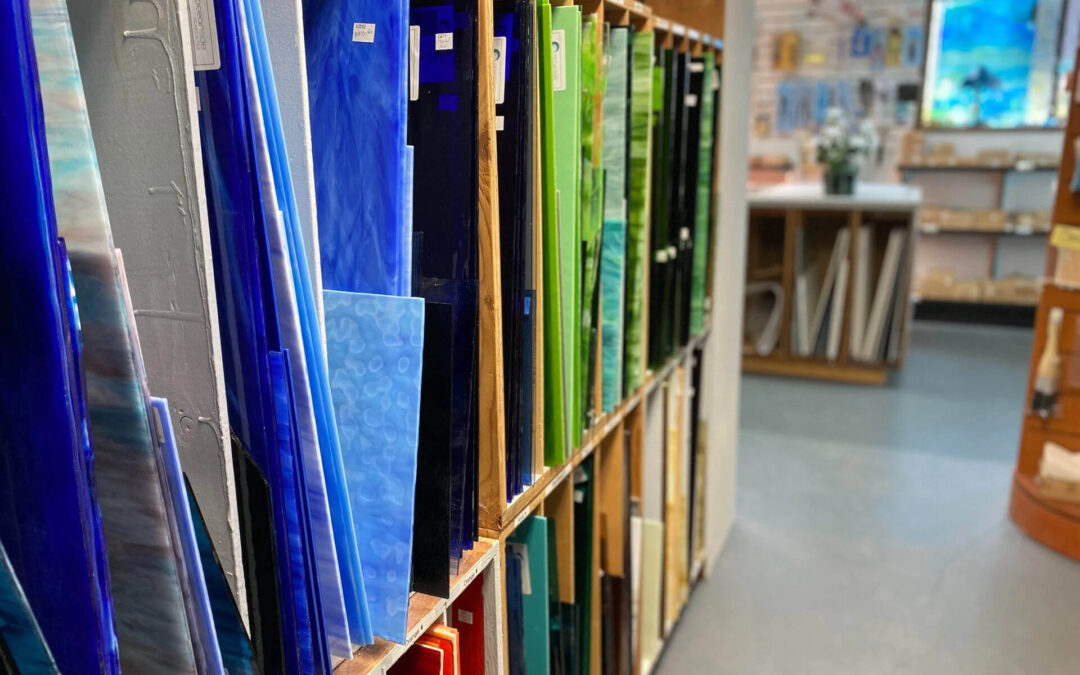

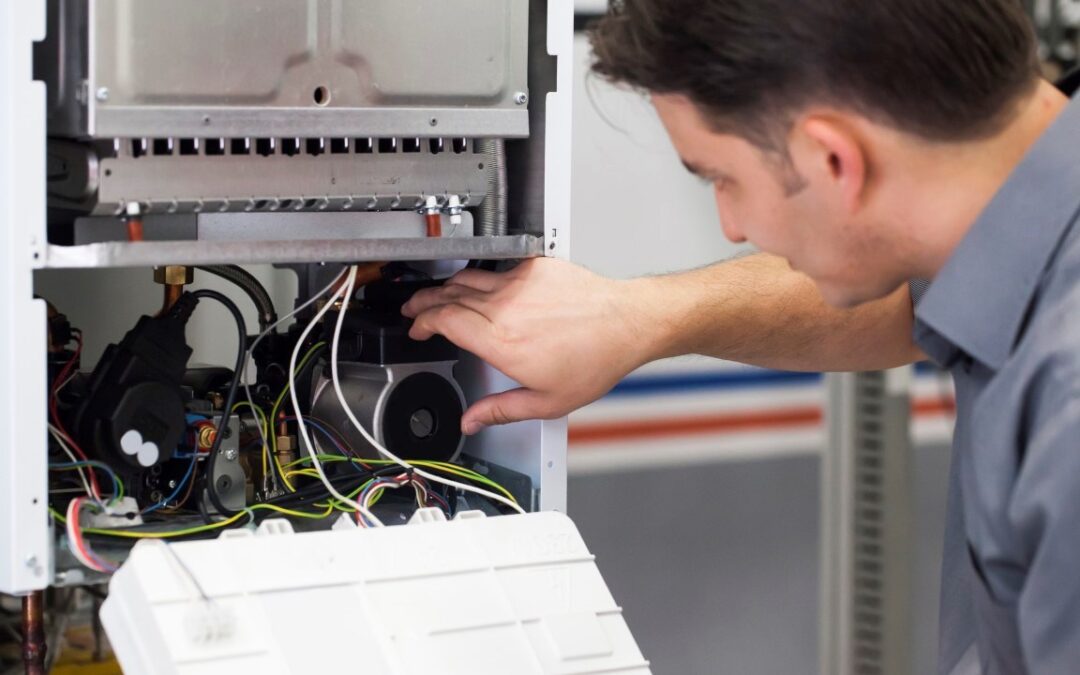
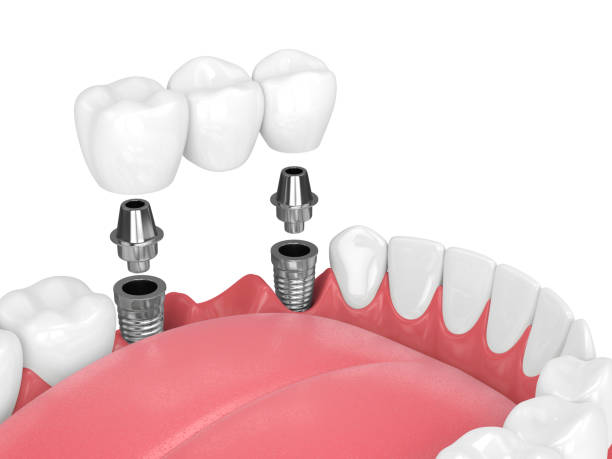
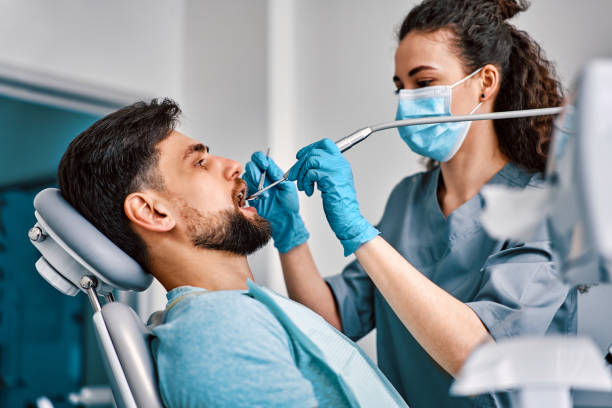
0 Comments